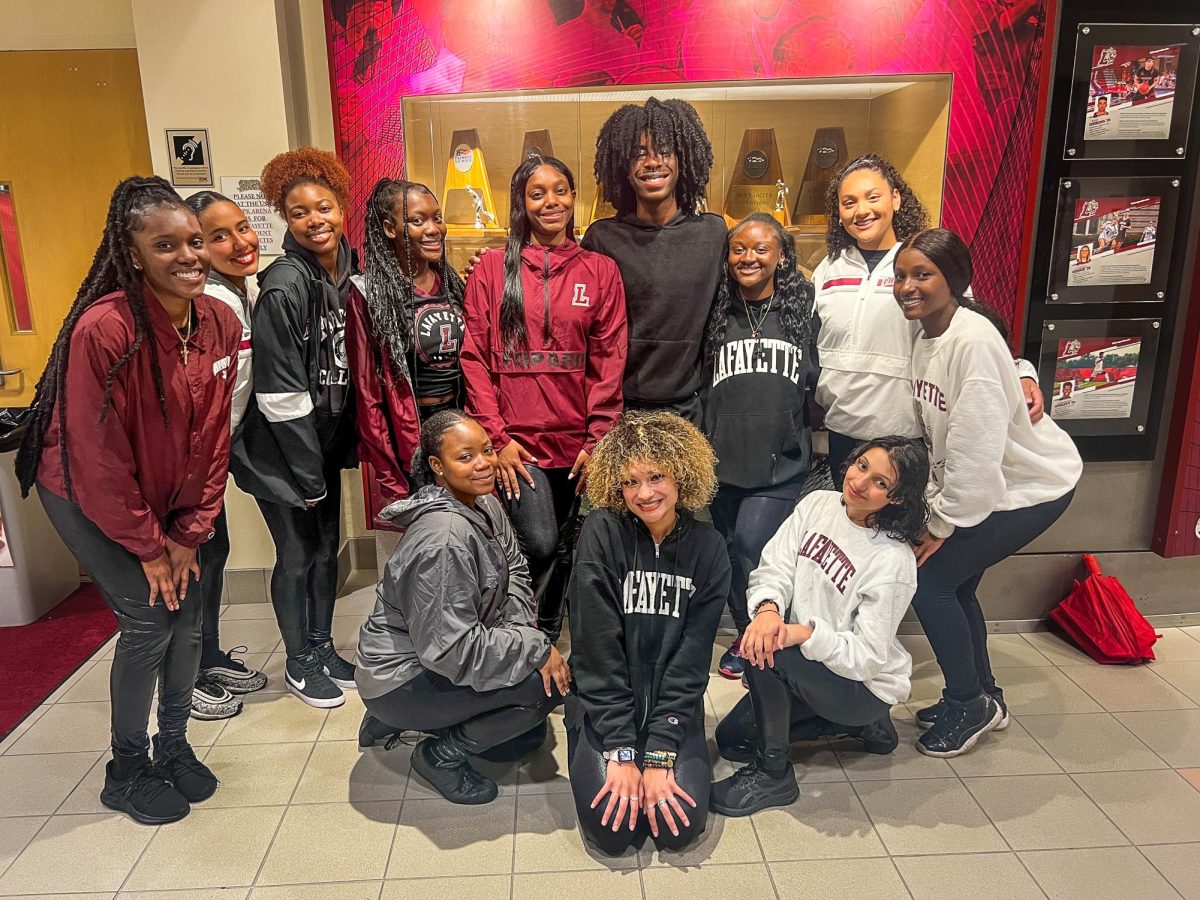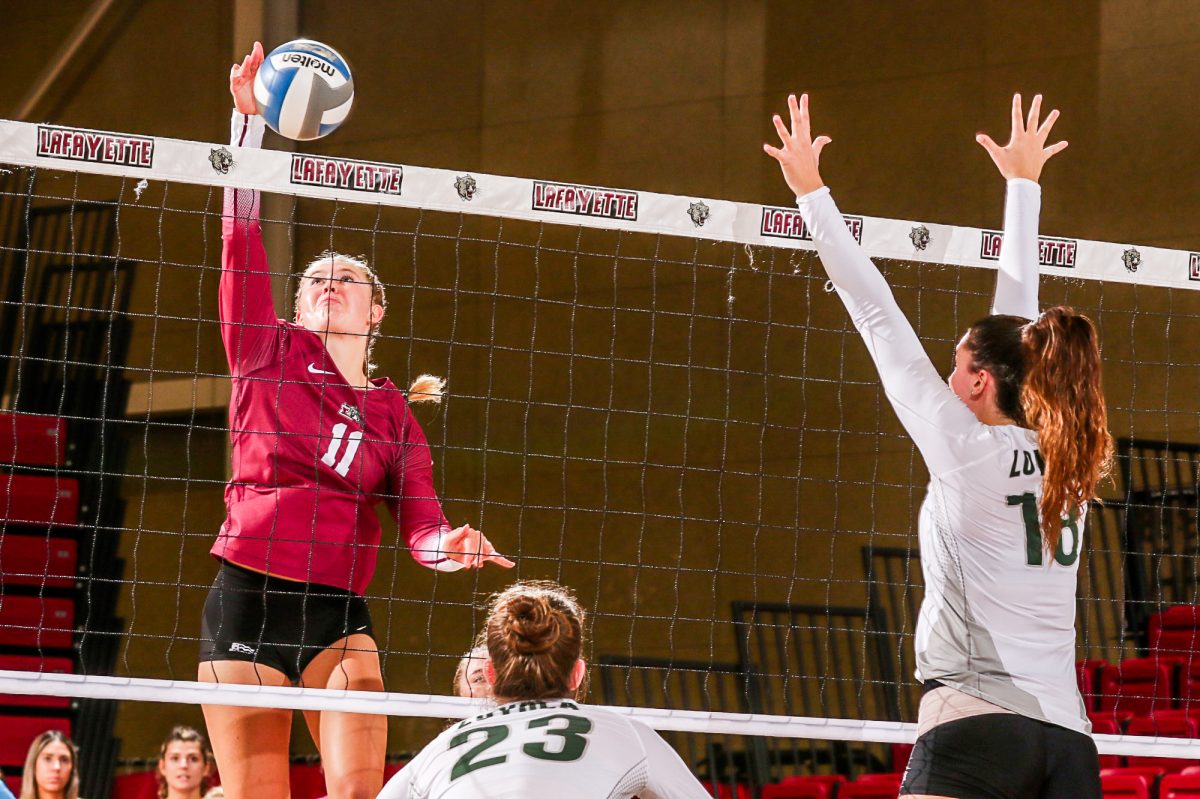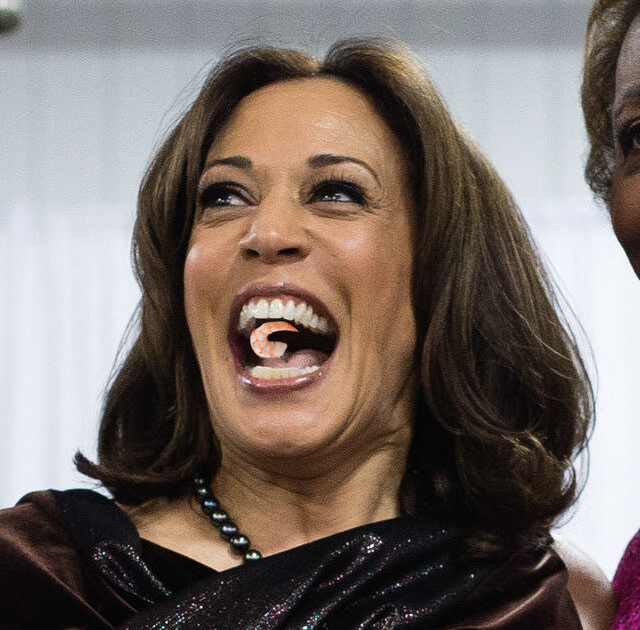With landmark Supreme Court cases scrawled on a whiteboard behind him, Bruce Murphy, professor of constitutional law at Lafayette, spoke from his home office over Zoom and emphasized to the audience of the importance of the Supreme Court in the United States and how it has changed over time. He opened the lecture with an analysis of the current Court, referred to as the “Roberts’ Court” for Chief Justice John Roberts.
“The key to all of this is the election,” Murphy explained in his talk entitled, “RBG, the Roberts’ Court, and the 2020 Election.” The lecture, co-sponsored by Women in Law and the Kirby Government and Law Society, centered around the ramifications that the 2020 presidential and senatorial elections, can have on the balance within the aging Supreme Court, especially with the departure of Associate Justice Ruth Bader Ginsburg appearing imminent.
“Roberts really is able to control the direction of the court in a couple of ways. One by his vote–he’s in the center of the court [ideologically]–and the other by his ability to choose which side he’s going to vote with,” Murphy said of the Chief Justice, referencing the Martin-Quinn Statistical Score, a measure of how liberal or conservative a Supreme Court Justice is compared to his or her fellow Justices.
Murphy went on to explain how the ideological balance of the Supreme Court, currently occupied by four liberal Justices, including the 87-year-old Ginsburg, and five conservative Justices, could be upset depending on the results of the 2020 election. He theorized on what decisions the justices might take based upon it.
“Let me say just a word about Clarence Thomas, I don’t even harbor the suspicion that he would voluntarily leave if it was a Biden presidency,” Murphy noted of the 72-year-old conservative Associate Justice. “Similarly, if you look at Justice Breyer, I doubt that he would willingly leave if President Trump were elected in the next term,” Murphy said, referring to the 82-year-old liberal Justice.
Murphy went on to underscore the significance of the Senate in deciding the balance of the Supreme Court. He explained that citizens should not solely pay attention to the presidential candidates, but also the ideological party balance of the Senate.
“The Senate cannot only accelerate and enable the President trying to pack the Supreme Court or even the Federal Judiciary; that’s what Mitch McConnell has been doing for the last four years with President Trump,” Murphy said. “But they can be a total blocking force against a President who’s from the opposition party.”
Murphy then analyzed how the confirmation process has changed “significantly” over time.
“In the early 1940s, candidates didn’t even appear before the Senate Judiciary Committee, and now it’s become something very different. When did that change? It changed in 1986 to 1987,” Murphy said.
Murphy then described this transitional period, noting that in 1986, Antonin Scalia was unanimously confirmed, yet in 1987, with the Judiciary Committee under the leadership of then-Senator Joe Biden, the confirmation process of Robert Bork became “very political, very controversial, almost circus-like.”
Bork was ultimately not confirmed, leading to the adoption of the filibuster. Nominees could once be confirmed by a simple majority vote, but with the filibuster, 60 votes were required.
The filibuster was levied by Senate Democrats in the 2017 confirmation of Trump nominee Neil Gorsuch, but Senate Majority Leader, Mitch McConnell (R-KY) eliminated the filibuster in the confirmation of Supreme Court Justices.
“It effectively took the voice and the voting power away from Chuck Schumer and the Democrats. They were bystanders in the Gorsuch nomination and confirmation,” Murphy said.
This change in the Senate rules is what allowed Republicans to confirm both Gorsuch and the contentious Brett Kavanaugh, but with the possibility of the Presidency and the Senate being controlled by different parties, Murphy proposed that the opposition Senate “could completely stop a president from filling a seat if they chose to do that.”
President Trump understood that one in five voters considered the membership of the supreme court as the most important issue, Murphy explained.
“One in five voters in 2016, 54 percent or so voted for Trump,” Murphy said. “Just enough to get you 80,000 votes in Pennsylvania, in Wisconsin, and in Michigan.”
Trump won all three states by less than 45,000 votes, according to the New York Times.
“When you look at the Supreme Court, it’s going to matter. It’s third now on the list behind the protests and behind the coronavirus pandemic. It’s third. It’s never been that high. It’s this list that has motivated the right-wing, and the left-wing is just now starting to catch onto it.”
Jules Bernstein, vice president of Women in Law, echoed the importance of the Supreme Court in the upcoming election.
“With a few Supreme Court nominations potentially up for grabs, this election can determine the future of the Supreme Court for decades,” Bernstein said.
Eleanor Griffiths, president of the Kirby Government and Law Society, agreed with Bernstein, writing in an email, “I hope [the participants] learned how much power not only the Supreme Court has, but also how much the President has in shaping that power.”
Professor Murphy declined an interview, writing, “All that I had to say was in my speech.”







































































































school building • Oct 1, 2020 at 2:13 am
I really liked your blog.Really thank you! Awesome.